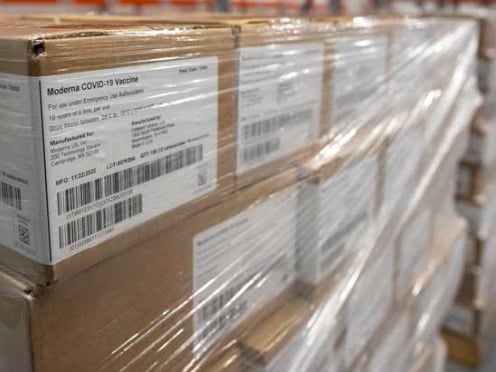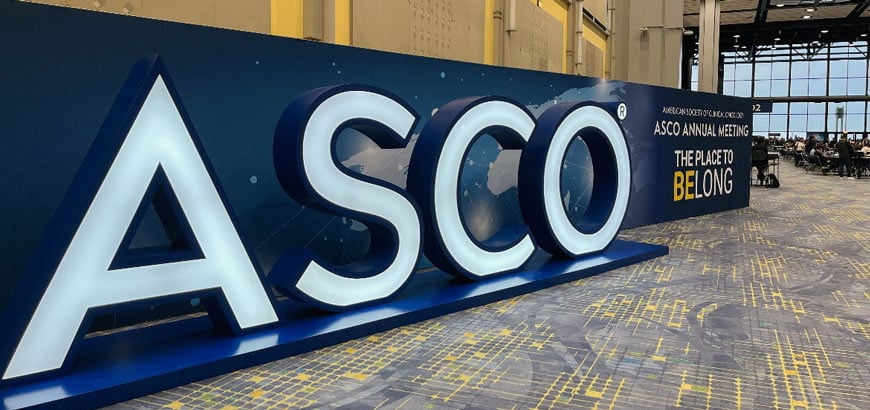
Top insights from the Endpoints at ASCO McKesson leadership panel

Guided by our values, we are an impact-driven organization that improves care in every setting – one product, one partner, one patient at a time.
Through our core commitments, we are leveraging our scale for the greater good, such as serving the needs of our stakeholders, donating back to our communities, protecting our planet, working with policymakers, and more.
Every year, we publish updates to our commitments through our Impact Report.
Download Our Impact ReportOur businesses bring together leading technologies, innovative solutions and hands-on expertise to support the entire healthcare ecosystem.
We distribute pharmaceuticals and medical supplies to healthcare settings across North America, from pharmacies and hospitals to doctors’ offices and clinics.
We help to ensure the financial wellbeing of pharmacies and health systems and support a stable work environment for their employees.
We provide research, insights, technologies and other support to help address challenges in cancer and specialty care.
We provide a suite of solutions designed to address access, affordability and adherence challenges by bridging the gaps between biopharma companies, pharmacies, providers, and payers to help patients get on and stay on their medications.
We offer solutions that enable employers, payers, health-plan brokers and government agencies to provide lower-cost options for prescription medications and therapies.
We help to ensure the financial wellbeing of pharmacies and health systems and support a stable work environment for their employees.
Every year, we publish updates to our commitments through our Impact Report.
Download Our Impact ReportRead time: 4.5 minutes
It was T.S. Eliot who said, “The end is in the beginning.” What a poignant way to capture this long-awaited moment – the Federal Drug Administration (FDA) has officially announced its Emergency Use Authorization (EUA) order for the approval of the Moderna and Pfizer COVID-19 vaccines. This is a significant leap forward in the fight to curb the spread of COVID-19. Vaccines are starting to methodically roll out to millions of Americans, the first of which are going to healthcare workers and long-term care residents.
But getting the vaccines and needed supplies into the hands of those that will administer them is one of the biggest logistical challenges connected to a health crisis in the country’s history.
That’s why the U.S. government* contracted with McKesson to support this massive undertaking. McKesson has a proven track record of reliably deploying vaccines, medical supplies and pharmaceuticals to hundreds of thousands of point-of-care facilities nationwide. We currently ship out 70 million vaccine doses annually for the Centers for Disease Control and Prevention (CDC) Vaccines for Children Program. We are also the largest seasonal flu vaccine distributor and distribute across all vaccine types. And, beyond our ability to distribute products in large volumes, we know how to work quickly to address urgent needs, as we did when we managed the distribution of the H1N1 vaccine in 2009 under the direction of the CDC.
Since McKesson was selected to distribute frozen and refrigerated vaccines, as well as the ancillary supply kits needed to administer all types of vaccines, there has been a tremendous effort in coordination with the U.S. government and manufacturers to prepare for this exact moment in time.
Shawn Seamans, the senior executive in charge of McKesson’s COVID-19 vaccine program, provides answers to some of the nation’s most pressing questions related to how this distribution process works.

Shawn Seamans
How is McKesson involved with the distribution of the Pfizer and the Moderna vaccines?
As the U.S. government’s centralized distribution partner for frozen and refrigerated vaccines, we are responsible for distributing the Moderna vaccine and supply kits needed to administer it – along with future approved government-funded vaccines. Additionally, we are providing the supply kits needed for the Pfizer vaccine.
Who decides where vaccines are distributed?
The U.S. government makes those decisions. Each state health department developed their own plan and submitted it to the U.S. government. Based on those requests, the U.S. government sends us orders, including how many doses and/or supply kits to prepare and where and when to ship them.
How long will it take to distribute the vaccine and ancillary supply kits?
Once we receive orders from the U.S. government, we immediately work to pick, pack and ship out the vaccine doses, along with the assembled ancillary supply kits. Dependent on time of day we receive the orders, point-of-care sites should receive shipments within 24 hours.
What is McKesson’s role related to the cold chain?
Cold chain needs are nothing new to McKesson. We’re used to managing the cold chain – a term that denotes a temperature-controlled supply chain intended to keep certain pharmaceuticals at low temperatures to maintain their viability, including vaccines that require special temperature controls. For this particular effort, we built large-scale custom freezers and refrigerators to safely store and process vaccine doses. Once ready for distribution, we’ll ship the vaccines in insulated coolers that utilize different types of materials, such as frozen coolant packs, to keep the temperature in the right range based on vaccine specific requirements.
Additionally, each vaccine type requires different methods to monitor its temperature during shipment. For example, for the frozen Moderna vaccine, one temperature indicator is packed inside each cooler to enable those receiving and administering the vaccine to have confidence that the cold chain was maintained during shipment.
Can you explain McKesson’s role in this process vs. that of FedEx and UPS?
First, we receive and store large pallets of vaccines from the manufacturers. From there, we’re charged with preparing each individual vaccine order, which includes managing the temperature controls, packing up the right number of doses, and clearly indicating where they need to be shipped based on data provided by the U.S. government.
We have partnered closely with FedEx and UPS, including deploying new advanced tracking technology to monitor these packaged vaccines directly to the actual point-of-care facilities. We’ve worked with these carriers to deploy medicines and supplies for decades and believe they will continue their strong track record of delivering on time and with great care.
What is the most complicated aspect of this project, and how are you addressing it?
There are many challenges in a project of such enormous scale. For example, we know there will likely be multiple vaccines approved at different points in time, and each vaccine comes with unique traits that will dictate how it will be stored. We have created plans to manage that and are also prepared to quickly adapt to issues as they arise. We are confident in our ability to distribute the vaccines once we receive the inventory.
Any final thoughts?
It is McKesson’s greatest privilege to support the nation during this public health crisis. I want everyone to know that we are 100 percent committed to doing our part, and I believe we’ve assembled the best team possible to make sure that happens.
*Through Operation Warp Speed, McKesson partners closely with the U.S. Department of Health and Human Services (HHS) and the CDC. For the ancillary supply kit production and distribution, McKesson has partnered with the Strategic National Stockpile, which is part of the Office of the Assistant Secretary for Preparedness and Response within HHS.

Top insights from the Endpoints at ASCO McKesson leadership panel
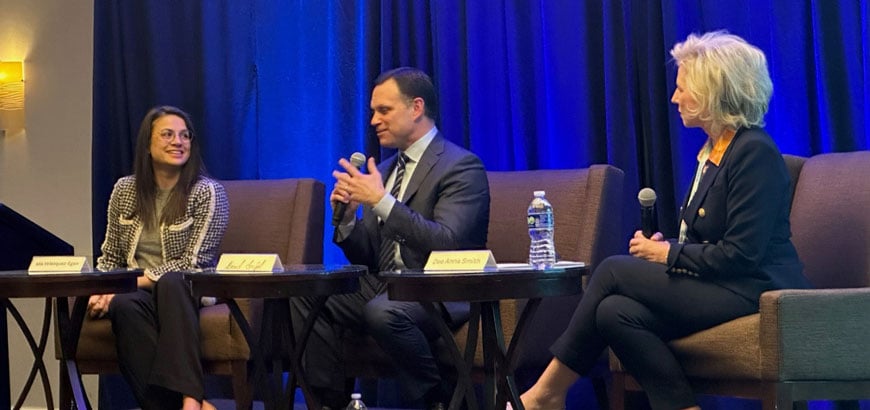
Enhancing patient access and engagement in clinical trials.
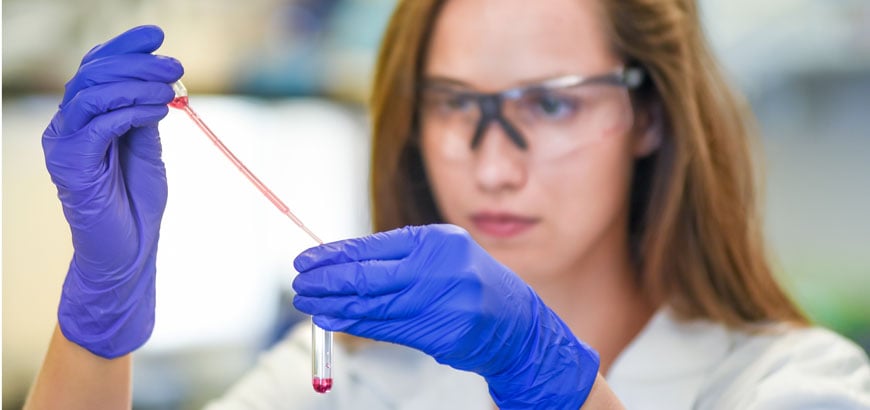
Learn how InspiroGene is helping deliver revolutionary cell and gene therapies to patients in need.

Insights from the 2025 CoverMyMeds Medication Access Report, From Barriers to Bridges
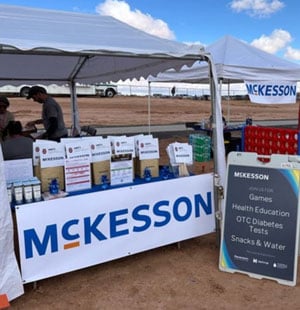
For two years in a row, McKesson has partnered with customers and industry partners to bring health education and awareness of resources to members of the Navajo community.

Learn more about RxOwnership, McKesson’s strategic consultants who help independent pharmacy owners navigate challenges, optimize operations and achieve financial health.

Learn about McKesson’s new Cell and Gene Therapy (CGT) brand, InspiroGene, and the launch of a first-of-its-kind report about the CGT landscape and its future trajectory.
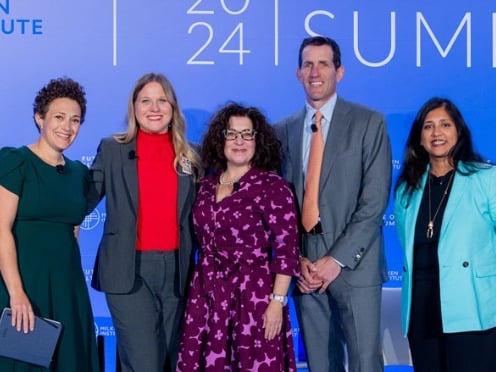
Milken Institute Future of Health Summit panelists address critical industry challenges and explore ways to futureproof the pharmaceutical supply chain.
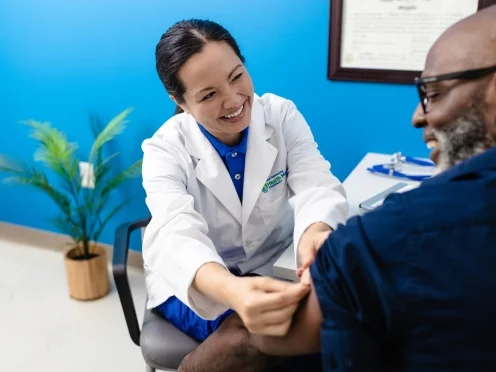
Learn how pharmacists are transforming patient health across settings.
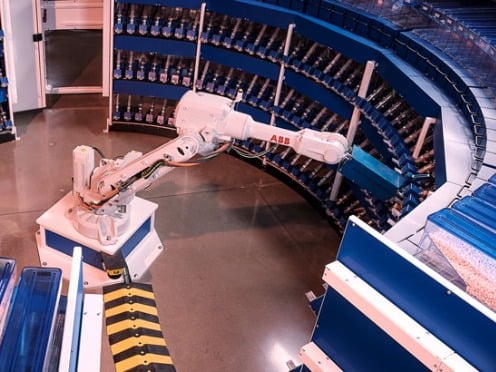
Learn how the CoverMyMeds Pharmacy dispensing network enhances patient care and streamlines prescription fulfillment.
